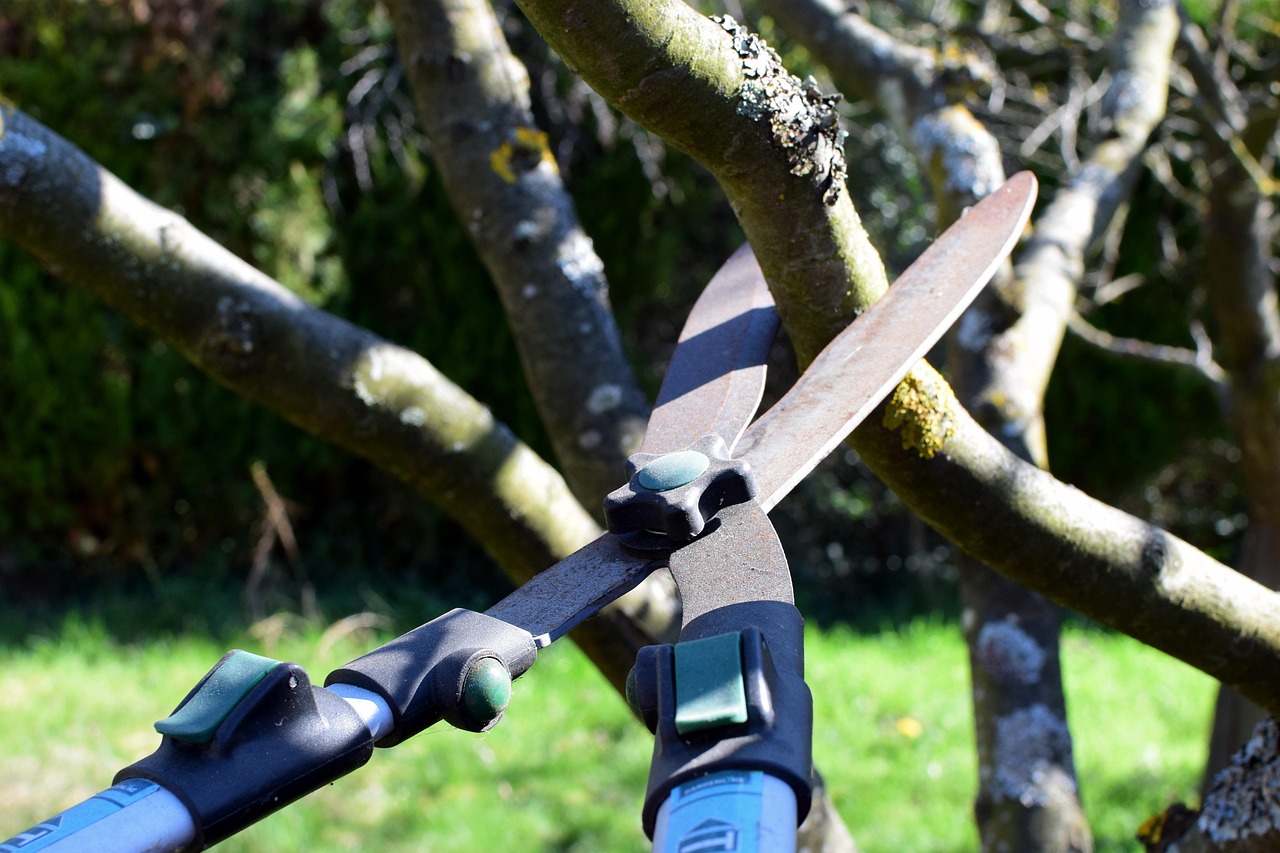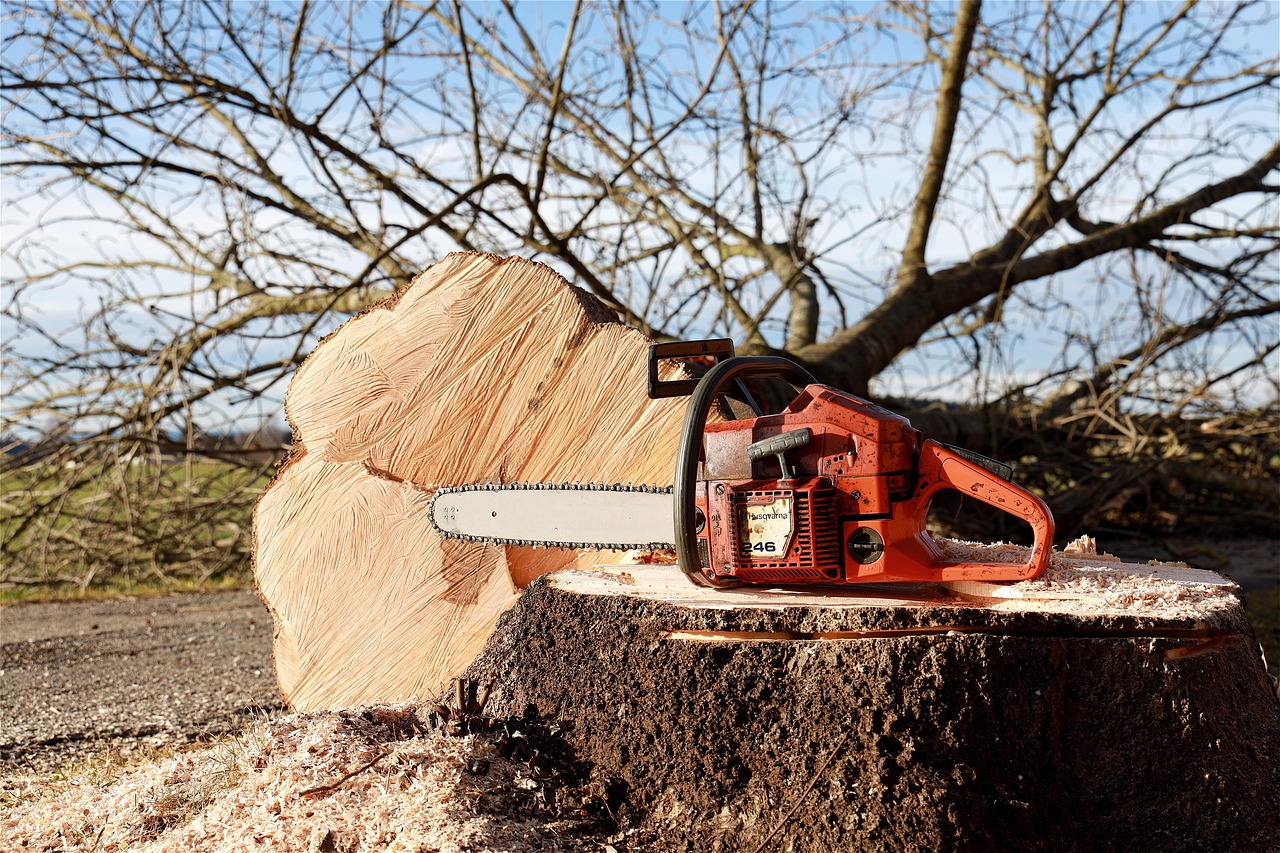Tree pruning can be hazardous without proper precautions. This list highlights ten crucial safety tips, including using protective gear, inspecting tools, assessing environmental conditions, and working with a partner. Adopting these practices helps prevent common injuries and ensures a safer, more efficient pruning experience.
In my personal experience, common hazards during tree pruning include falling branches that can surprise you, especially when working beneath a tree with dense foliage. I always make sure to stand clear of where branches are likely to fall and pay close attention to the size and weight of limbs I’m removing. Wearing a hard hat and gloves has become second nature to me—these simples yet effective safety measures have kept me safe more times than I can count.
Another danger I’ve encountered involves electric shock. I once pruned a tree close to power lines without realizing just how close I was. The shock was a stark reminder that I should always assess the environment first. I now always inspect the area for nearby power lines and keep a safe distance, especially when using tall tools or ladders.
Climbing ladders is another area where I’ve learned to be cautious. I remember trying to reach a tall branch on a windy day, only to slip because I didn’t fully stabilize the ladder. Since then, I always choose the right ladder for the job, check it thoroughly for damage before climbing, and maintain three points of contact while working. Never overreaching, either—I’ve learned that moving the ladder regularly beats risking a fall.
Sharp tools like saws and shears have also posed risks for me. I once nicked my hand because I was rushing through a cut. My tip? I always inspect my tools beforehand—dulling or damaged blades increase the risk of accidents. I make it a point to sharpen blades regularly and store tools properly after use, out of reach of kids or curious pets. Wearing sturdy gloves and goggles has saved me from countless cuts and flying debris.
Environmental conditions can catch you off guard too. I’ve pruned trees in the rain, which made surfaces slippery and dangerous, or in the wind, which caused branches to sway unexpectedly. I always check weather forecasts before starting—and I’ve learned that patiently waiting for a calm, dry day diminishes most risks and results in cleaner cuts.

My Tips for Safer Tree Pruning
Over time, I’ve developed a few personal habits that help me stay safe. First, protective gear is non-negotiable: I always wear a helmet, goggles, and gloves—trust me, the extra effort is worth it. Second, I inspect my tools before starting; dull blades are dangerous and can cause slips. Third, I pay close attention to the environment—nearby power lines or uneven ground are deal-breakers for me. And finally, I prefer pruning with a partner when possible—having someone nearby makes all the difference in emergencies.
Understanding the Environment is Key
Weather plays a huge role in safety. I’ve learned to avoid pruning during storms, high winds, or when the ground is wet. I remember trying to prune a tree after a rainstorm, only to slip on muddy soil. Since then, I keep an eye on the forecast and plan my work on clear days. Dry, calm conditions are not only safer but also give me better control and cleaner cuts.

Tools and Equipment — My Personal Approach
I always use the right tools for the job. Pruning shears, loppers, and handsaws are my go-to items. I keep my tools sharp—I once left dull blades in a shed for too long, and when I finally used them, I tore bark unnecessarily, weakening the tree. Now, I sharpen my blades regularly and inspect everything for damage before starting. Proper maintenance not only makes work easier but also keeps accidents at bay.
My Favorite Safety Equipment
- Helmet, goggles, and sturdy gloves—the basics that I never skip.
- Wear long sleeves and pants to protect against scratches or minor cuts.
- If I’m climbing, I always wear a harness and secure myself properly. I’ve seen friends take nasty tumbles from unsteady ladders, and I prefer not to risk it.
Working at Heights Safely
Working above ground is always a concern. I prefer to use a ladder that’s in good condition—no shortcuts here. I never lean out too far; instead, I reposition the ladder. When pruning higher branches, I trust my harness, secured to a stable anchor point. It took some practice, but I now feel confident working safely at heights.
Pro-Tips
When I first started pruning trees, I underestimated how quickly things could go wrong. One of the biggest lessons I learned early on is to always wear protective gear. I remember trying to cut a branch without gloves or goggles, only to get hit by flying debris that left a painful scratch. Now, I never skip wearing a helmet, goggles, and sturdy gloves—these simple precautions keep me safe from common injuries.
At first, I didn’t inspect my tools thoroughly before starting, which caused me to nick my hand on a dull blade. Since then, I’ve adopted the habit of sharpening my blades regularly and checking tools for damage beforehand. Clean, sharp tools make cuts cleaner and reduce the risk of slipping or accidents.
I once attempted to prune near power lines without a proper assessment of the area, leading to a mild electric shock. That experience taught me to always evaluate the environment carefully. I now keep a safe distance from power lines and avoid pruning in windy or rainy weather—slippery or unstable conditions increase risks exponentially.
Climbing ladders without proper stabilization was another mistake I made early on. I’ve since learned to always select the right ladder, check it for damage, and maintain three points of contact while working. Moving the ladder as I reach different spots is safer than overreaching, which can lead to falls.
Finally, I used to rush through pruning to finish quicker, but I realized that patience pays off. Taking the time to plan my cuts and work methodically avoids unnecessary harm to the tree and minimizes safety hazards. Don’t underestimate the importance of working patiently in calm, dry conditions—rushing or working in bad weather is a recipe for accidents.
Emergency Preparedness — What I Always Do
I keep a fully stocked first aid kit nearby and ensure at least one person around is trained in CPR. Once, I sprained my ankle stepping off a ladder—luckily, a buddy was there with a first aid kit. That experience made me realize how vital it is to have emergency plans in place. I always share my location info with a trusted friend or family member before starting work, just in case.
Legal and Regulatory Considerations: My Advice
I’ve learned to check local laws and regulations before pruning, especially in urban or protected areas. In some cases, permits are needed—or even specific timing restrictions to protect nesting birds or endangered species. Ignorance can lead to fines or worse, so I always do my homework or consult local authorities.
DIY or Professional?
For me, I weigh the risks carefully. I’ve tried DIY pruning, but for tall trees or complex jobs, I prefer calling in a certified arborist. Professionals have experience, proper equipment, and insurance—all of which provide peace of mind. Plus, proper pruning done by experts ensures your tree stays healthy and safe long-term.
Environmental Awareness — My Take
I always consider the best time to prune: late winter or early spring, when trees are dormant. I avoid spring-flowering trees during their bloom season so I don’t remove developing buds. I also try to prune with minimal disruption to local wildlife. If I notice nesting birds or signs of active nests, I postpone work to avoid disturbing them.
Post-Pruning Care — My Routine
After pruning, I water the tree generously, especially in dry weather. I keep an eye out for pests or diseases—early intervention saves the tree and prevents bigger problems down the line. I avoid over-pruning; I’ve seen overzealous cuts weaken a tree instead of helping it grow. My goal is always to support the tree’s health, not stress it out.
Continual Learning — My Commitment
I always seek to improve my knowledge. Whether it’s attending local workshops, reading books, or watching online tutorials, ongoing education makes me a better, safer pruner. Certified courses or memberships with arborist groups add credibility, but even informal tips from experienced friends go a long way.
Best Practices — My Checklist
- I always assess the tree’s condition and surrounding environment before starting.
- I plan my cuts carefully, aiming to promote natural growth and avoid damaging the tree.
- I use proper techniques—no ripping or tearing bark—and ensure my tools are sharp and clean.
Community and Technology — My Resources
Connecting with local arborists, joining community gardens, and utilizing apps or drones for inspections have helped me tremendously. I remember using a drone for a tricky branch, saving myself from a risky climb. Technology can be a game-changer if used responsibly and correctly.
Final Thoughts — My Personal Motto
I always remind myself that safety is paramount. While pruning offers beautiful results and healthier trees, it’s not worth risking injury. Careful planning, proper equipment, continual education, and respect for the environment have allowed me to maintain trees effectively while staying safe. I encourage everyone to adopt these practices—because a safe, healthy pruning job is always worth the effort.
